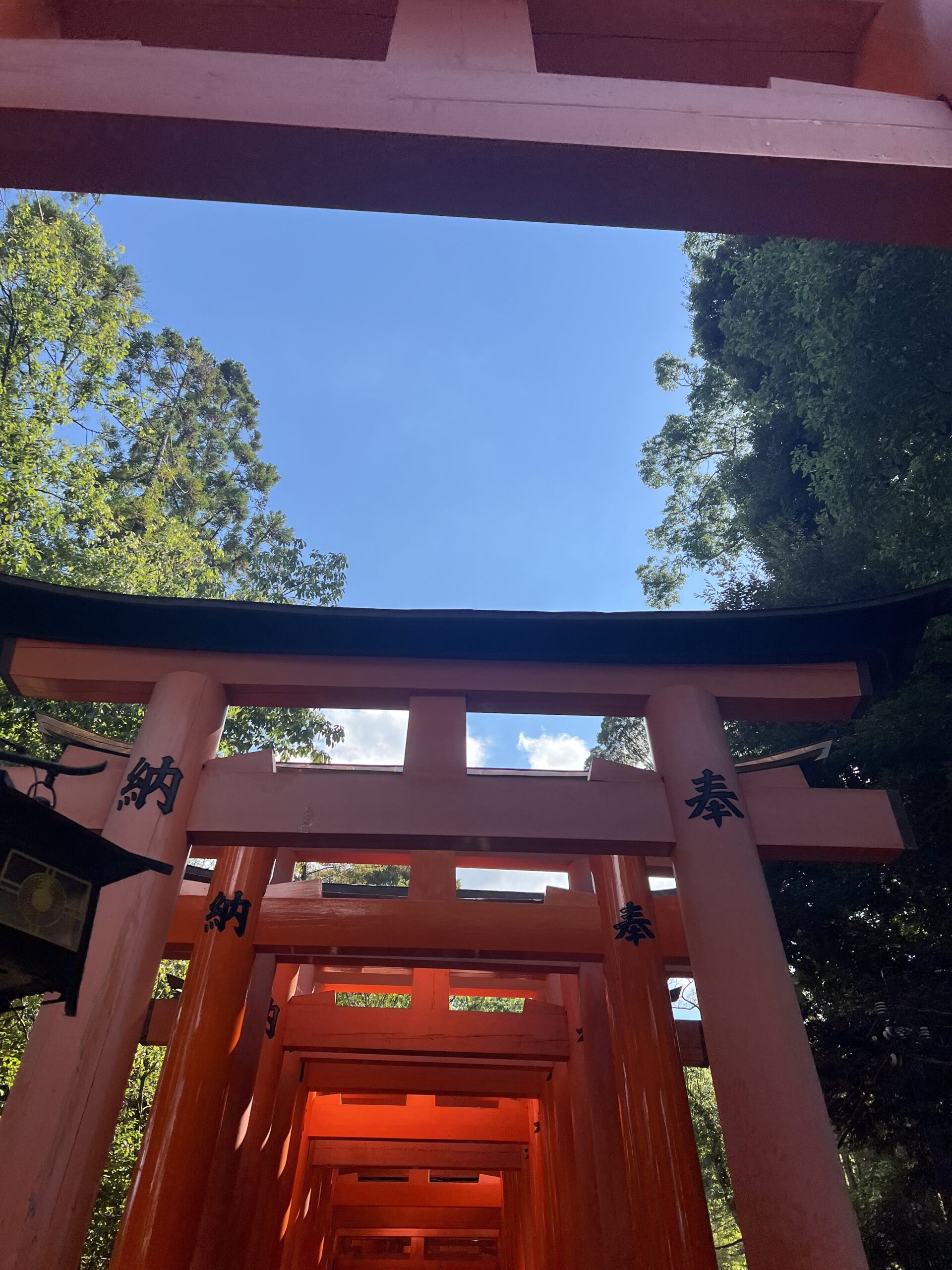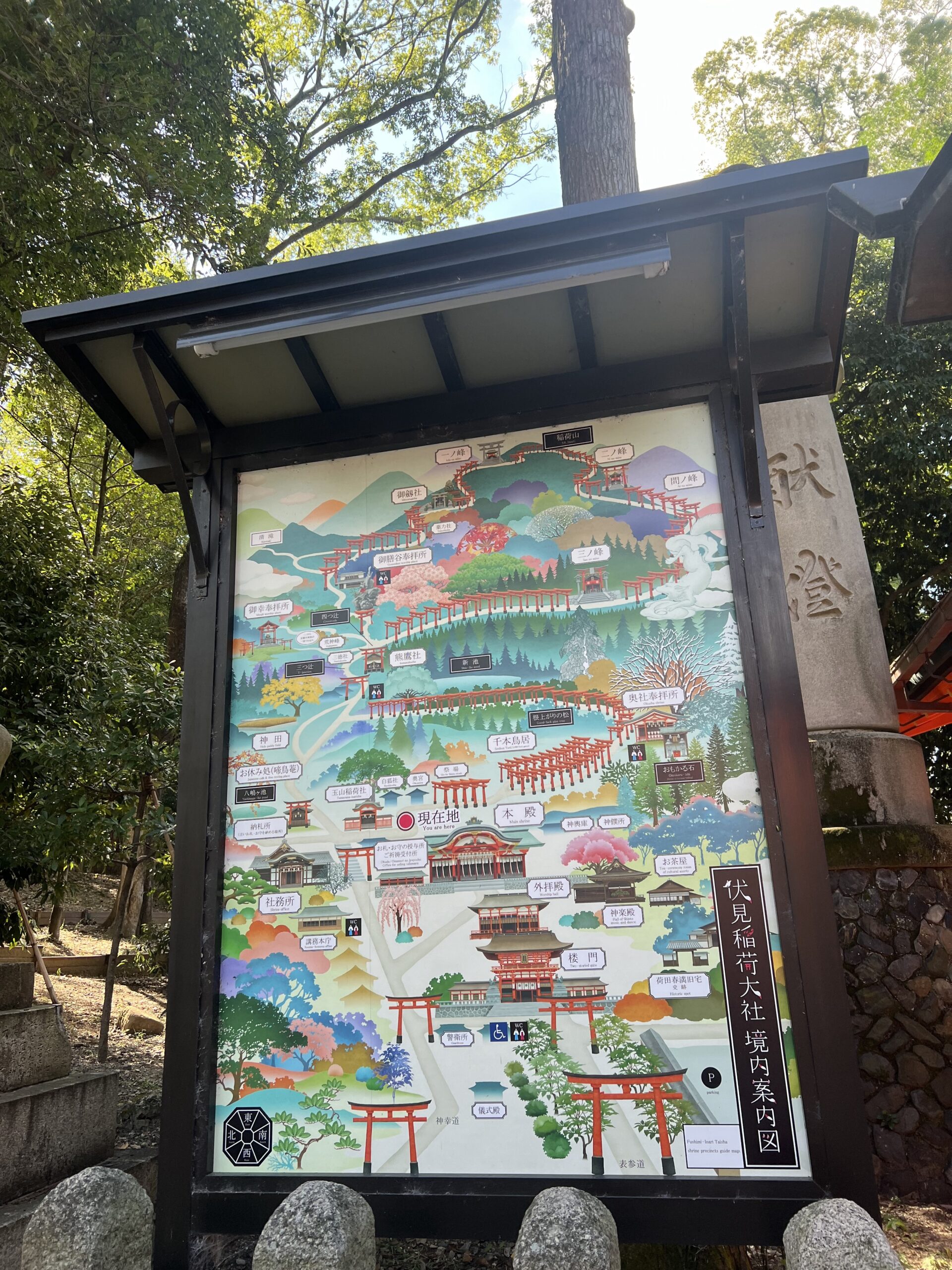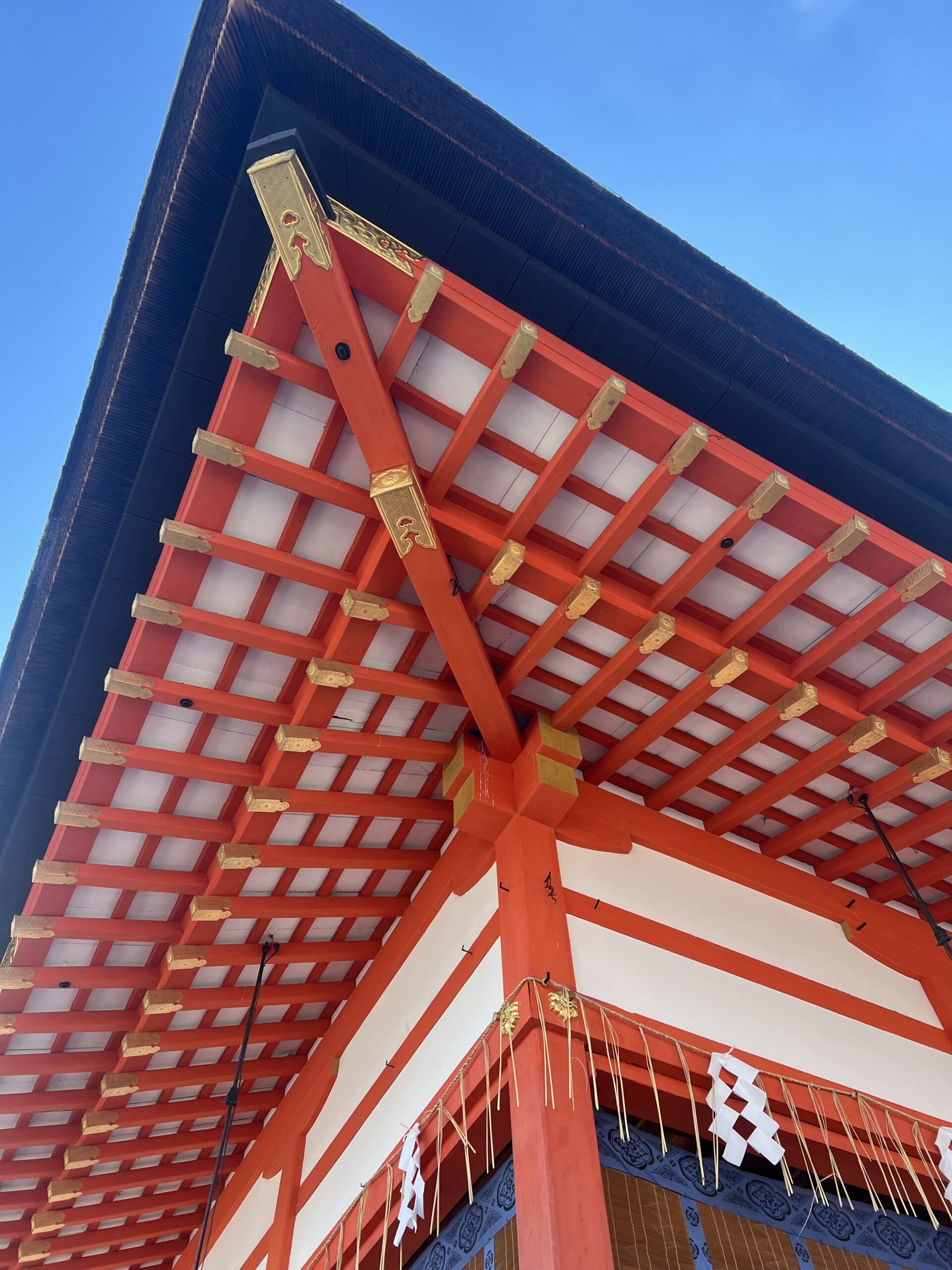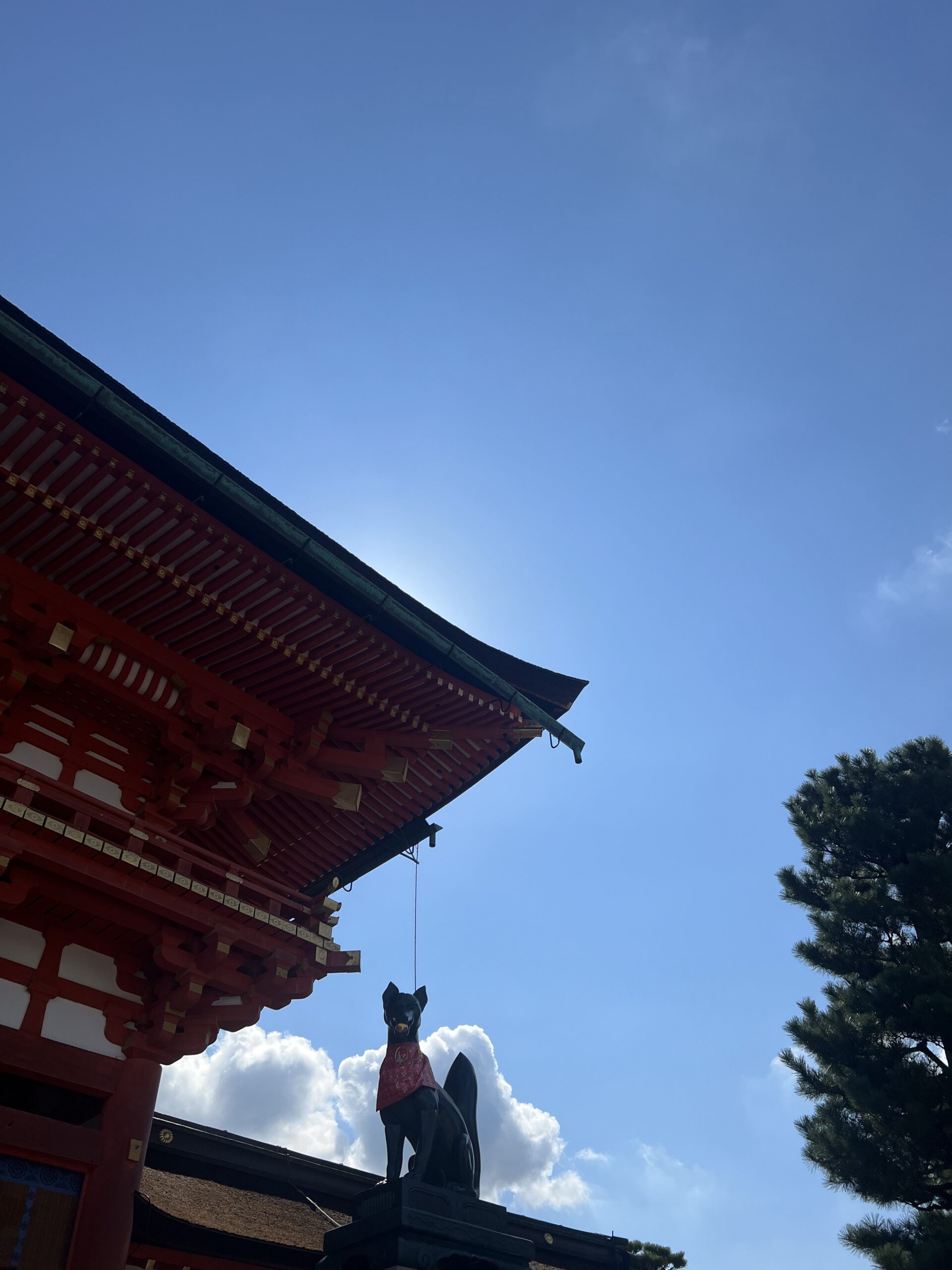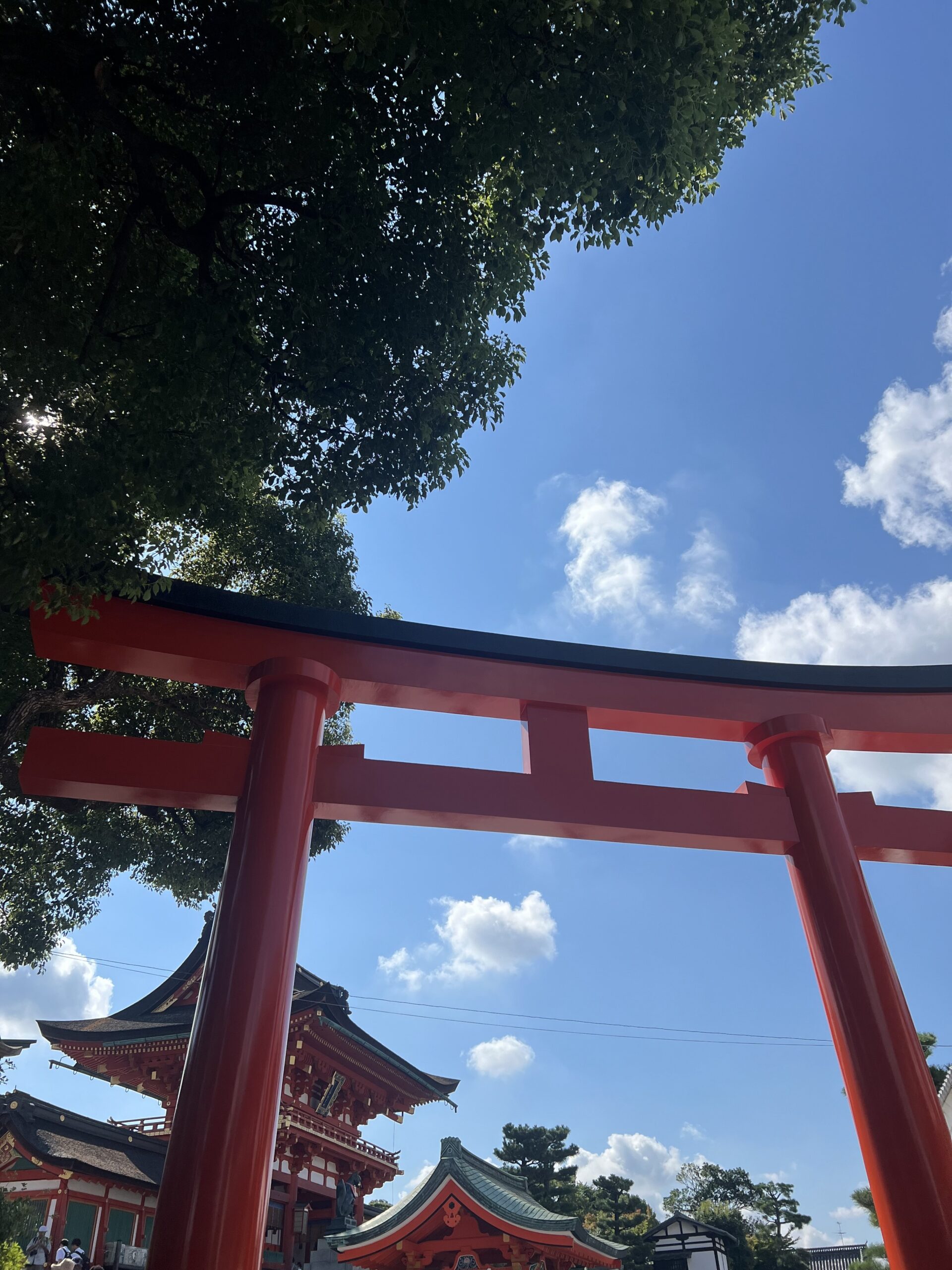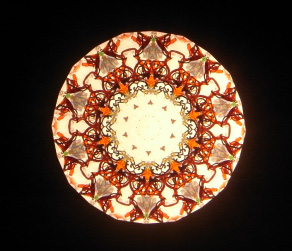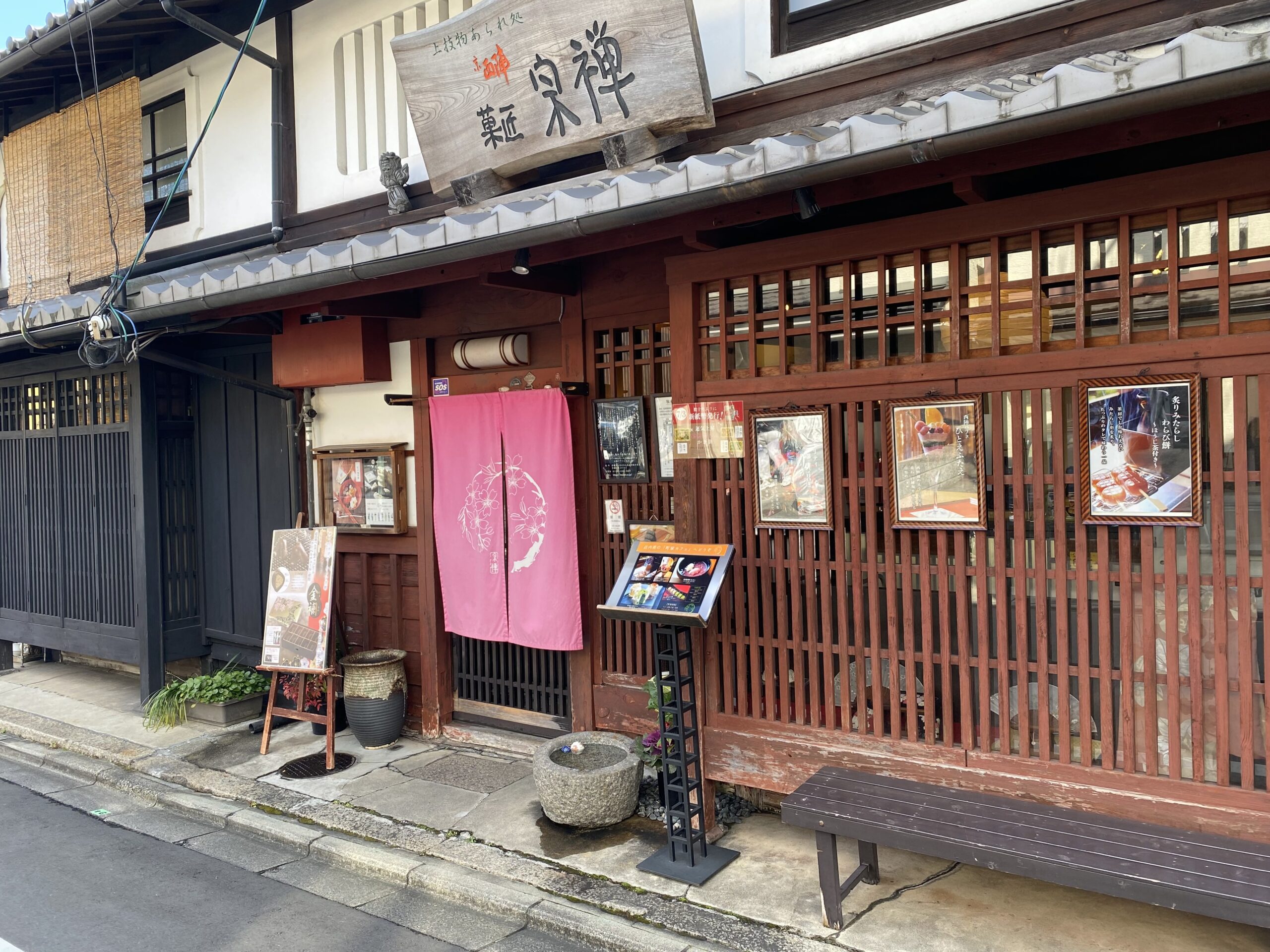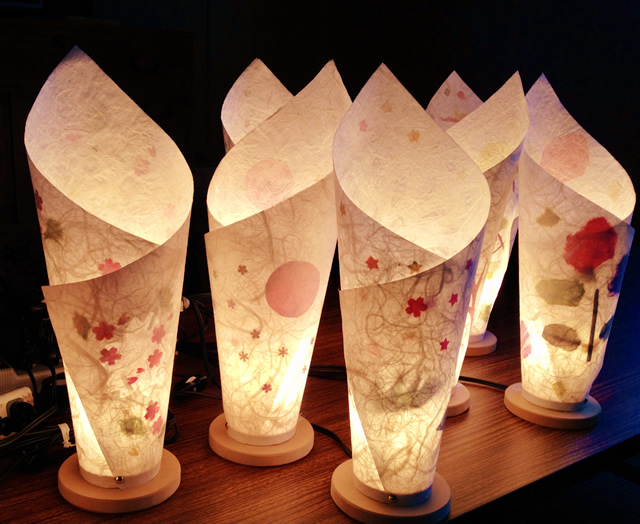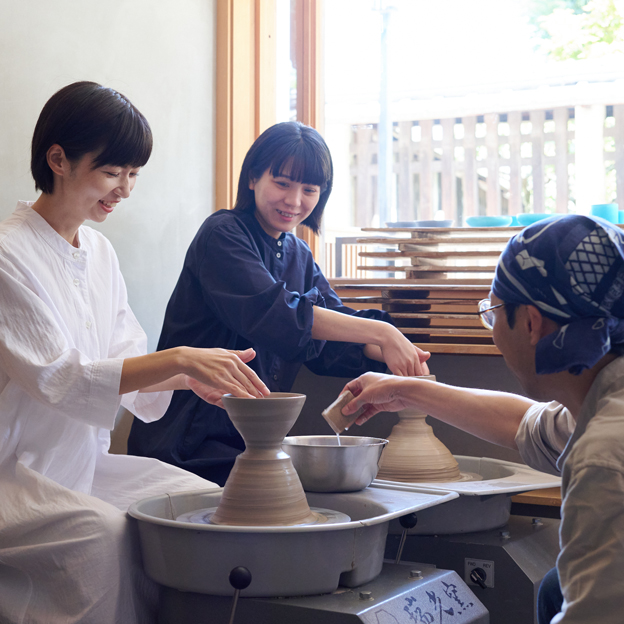

A Local’s Guide to Fushimi Inari Taisha: What You Need to Know Before You Visit
If you have ever seen pictures of Kyoto, you have probably stumbled upon the iconic red torii gates of Fushimi Inari Taisha. It is one of Japan’s most-visited shrines, and for good reason: the second you step onto the shrine grounds, you are immediately enveloped into an immersive experience of natural beauty, spiritual weight, and historical depth. Having visited Fushimi Inari before, I can tell you that while it might seem like just a tourist hotspot, it’s also a place that offers something deeper if you take the time to experience it in your own way.
What is Fushimi Inari Taisha?
Southern Kyoto houses the head shrine of the Inari Kami-the god of rice, agriculture, and prosperity-called Fushimi Inari Taisha. Although shrines dedicated to Inari may be found just about anywhere, its reputation comes from its exceptional torii and generally spectacular hiking paths. The shrine itself is thus dedicated to Inari, who is usually depicted with foxes, or kitsune, as a messenger or guard of the shrine. Coupled with the spiritual significance, sheer beauty of this place attracts millions every year, ranking it among the topmost famous things in Kyoto.
How to Get There
Fushimi Inari is equally easy to get to. The shrine is only a few minutes’ walk from Inari Station on the JR Nara Line, itself an easy 5-10-minute journey from Kyoto Station. If you are based in Kyoto, the subway is another option: Fushimi Inari Station on the Keihan Main Line is just a stone’s throw away.
That said, crowds can be expected; you might want to have the time to visit during off-peak hours, mainly midday or during weekends. If you want to avoid the hustle and bustle, I highly recommend arriving early in the morning or later in the evening when the crowds are thinner, and it has a more serene, spiritual vibe.
The Torii Gates: An Iconic Entrance
One of the striking things about Fushimi Inari is the countless networks of torii gates that outline the trails up Mt. Inari. These are bright vermilion in color, a color with an especially dramatic visual effect under trees. As you go through the paths under each torii gate, notice that several have the name of businesses or people who contributed to the shrine inscribed on them. This tradition has been around for centuries, with the earliest gates appearing as early as the 8th century. It is not only the number of these gates that is amazing; it is the atmosphere they create. Passing through them is like entering a different world, where time goes slower and the outside world is disappearing. If you are patient enough, you can see a less noisy part of the shrine, too, because most tourists stay at the lower levels while going up the mountain.
Trails and Hikes: Scenic Route
Although most tourists do stop at the shrine that’s below and simply head back after taking shots of the gates, the real magic is discovered by those few who make their way up this mountain.
The full hike to the summit of Mount Inari is about 2 to 3 hours (round trip) and covers around 4 kilometers. It’s a dotted path with small shrines, fox statues, and great views of Kyoto as you walk upward. You’ll catch glimpses, too, along the way of quiet nature pockets-things like tall trees and bamboo groves adding to the mystique of the place. Don’t be deterred by the word hike-it’s not a difficult trail, just one long climb upwards with some stairs along the way. Much of the path is shaded, and there are plenty of breaks to take. The atmosphere even changes the higher you go: as you ascend, you leave behind the hustle and bustle of the tourists, and the shrines become more intimate and serene.
For a real feel of the spiritual significance of the shrine, I would advise one to make their way to the very top. The views from the summit are great, and the feeling of accomplishment once one has finished hiking up is so good. At the top, there is a small shrine, which can be described as a quiet, peaceful end to the journey.
Exploring the Foxes and Their Symbolism
As one walks around the shrine complex, they will notice dozens of statues of kitsune-or foxes. These are commonly thought to be Inari’s messengers and show up frequently with a key in their mouths, supposedly to rice granaries. The majority of fox statues are attired with red bibs as is normal in Japan; they are said to protect them.
The most interesting thing for me was to learn about the meaning of these foxes at Fushimi Inari. Though they’re seen as protectors, the kitsune are believed to possess magical powers in their ability to shape-shift. Some even leave offerings of rice and sake for the foxes in hopes of receiving blessings in return.
Food and Shopping Around the Shrine
Of course, no visit to Fushimi Inari would be complete without a taste of some of the local food on offer. Just outside of the shrine grounds, there are food stalls of every variety selling delicious Japanese treats. From grilled chicken and pork skewers to roasted sweet potatoes-yaki-imo-to traditional sweets such as inari sushi, rice in sweet tofu pouches.
One thing that I highly recommend is trying senbei, a traditional Japanese rice cracker, which is sold in the small shops just near the shrine and very often fresh. These crunchy snacks are a nice treat to walk around the grounds, or take an easy break up from hiking. If you want to buy any souvenirs, there are ample little shops where everything is being sold, ranging from fox-themed gadgets to prayer charms and decorative torii gates.
When to Visit: The Best Time of Day and Year
If you’re like me, you’ll want to avoid the crowds at Fushimi Inari. Early mornings, around sunrise, are perfect for experiencing the shrine in a more peaceful, spiritual atmosphere. The early light filtering through the torii gates makes for some incredible photos too. If you’re staying in Kyoto, I’d suggest getting there by 7:00 AM, as the place is much quieter and you’ll have the trails mostly to yourself.
Time of year also figures in your visit. Fushimi Inari is beautiful in any season of the year. In spring, cherry blossoms are in full bloom around the lower shrine, while in fall, the foliage around Mount Inari creates a vibrant backdrop of reds and oranges to your hike. Even in the hottest month of summer, though, the shade from the trees lining the hiking trails makes for a comfortable escape from the sun.
Conclusion: Heart of Fushimi Inari
I find the place each time an everlasting wonder-historically and culturally enfolded in time, yet nestled amidst natural splendor.
It’s a place where one needn’t hurry, but dive into one’s feelings; be fascinated with trails lesser taken and the general feel of its essence-a sacred place. Whether you hike to the top of Mount Inari or just take in the views walking through the torii gates, this place is going to leave a mark that will last even long after one has left. It is not about getting that ultimate photo; it’s about embracing the experience. Let the peacefulness of the shrine and the beauty of the landscape soak into your bones. Happy travels!
Written by Emily from New Zealand
Check out our TikTok!
@tokyo_aic
